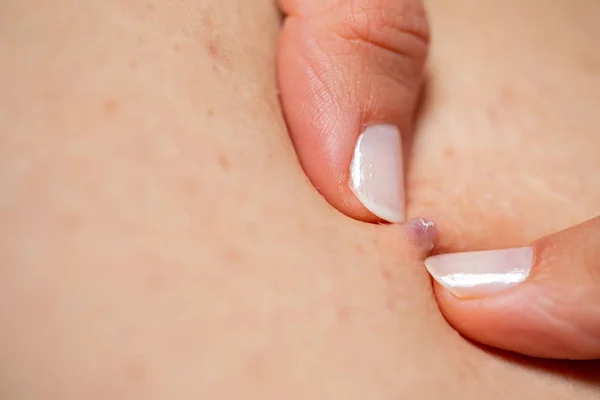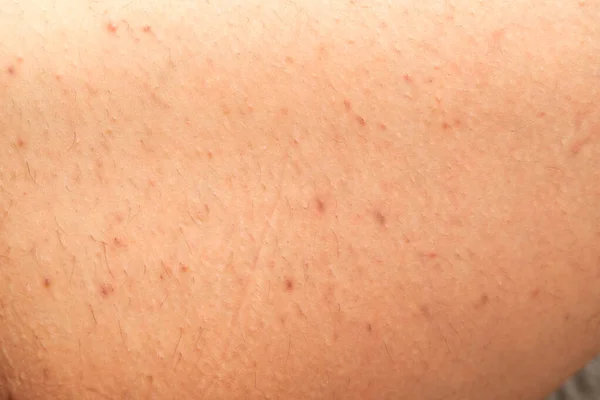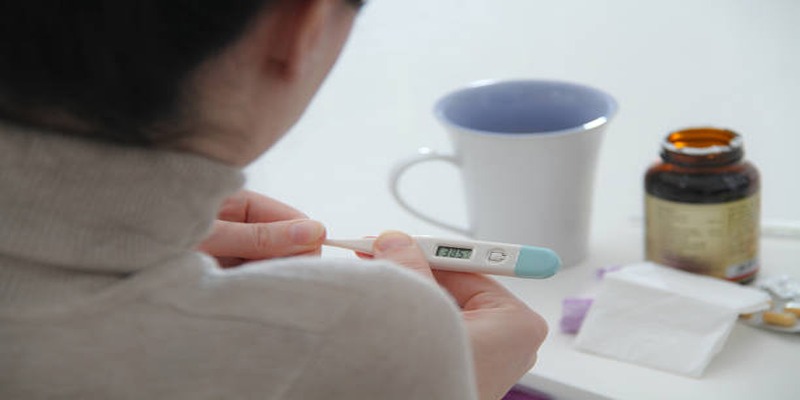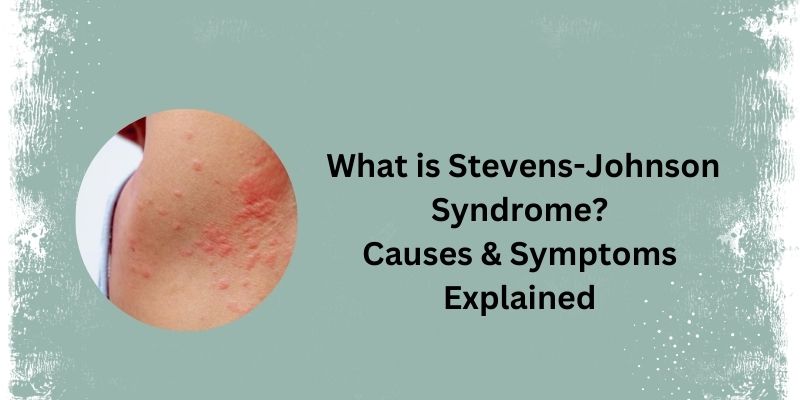What are the types of Folliculitis, and how to prevent them?
Advertisement
Most of the skin has small hairs that come out of hair follicles. Sometimes, bacteria, viruses, and fungi cause an infection known as folliculitis. In this infection, there are some red bumps on the skin, which are sometimes filled with pus. It causes itching and damage to the skin. The most affected areas on the body are arms, face and neck. There are many types of Folliculitis, each with different symptoms and treatments. In this article, we will discuss the symptoms and types of Folliculitis in detail.
What is folliculitis?
Folliculitis is a common skin condition in which hair follicles become inflamed. As a result, the area around the hair follicle looks like red or white bumps, just like pimples. These bumps can cause itchiness and pain and are often filled with pus. It can occur on the whole body where hair grows. The most common areas are neck, face, thighs and armpits. While Folliculitis is often mild and clears up independently, some cases may require treatment to prevent further infection and discomfort.

Risk Factors of Folliculitis
- Weakened immune system.
- Diabetes or long-term antibiotic use.
- Frequent shaving or improper shaving techniques.
- Overweight or obesity.
- Wear tight clothing that traps heat and moisture.
4 major types of Folliculitis
There are many different types of Folliculitis, and they have different symptoms and treatments.
Bacterial folliculitis
Bacterial Folliculitis is the most common type of Folliculitis. It happens when a hair follicle becomes infected with certain bacteria, which leads to inflammation. The main symptoms are itching, pain, formation of red or white bumps and pus-filled blisters.
The main bacteria responsible for bacterial Folliculitis include:
Staphylococcus aureus: This is the most common cause of bacterial Folliculitis. It normally lives on the skin without causing harm but can lead to infections if it enters through cuts or damaged skin. Infections from Staphylococcus aureus can lead to pus-filled bumps and may require antibiotic treatment.
Pseudomonas aeruginosa: This bacterium is often associated with hot tub folliculitis. It lives in warm, moist environments, such as poorly maintained swimming pools or hot tubs. Symptoms usually appear a day or so after exposure and include itchy red bumps.
Other bacteria like Klebsiella and Enterobacter can also contribute to Folliculitis, especially in individuals with weakened immune systems or those using long-term antibiotics.
Yeast Folliculitis (Malassezia Folliculitis)
Yeast folliculitis, also known as Malassezia folliculitis or pityrosporum folliculitis, is a skin condition caused by an overgrowth of the yeast Malassezia. It is usually present, especially on oily skin. When this yeast infects the hair follicles, it leads to an itchy rash and breakouts. Patients with Malassezia folliculitis have symptoms such as itchy bumps and the formation of pustules. The most affected areas are the chest, back, shoulders, upper arms, neck and face.
Diagnosis is typically made through a physical examination of the skin. A healthcare provider may scrape the affected area to look for signs of excess Malassezia under a microscope. You should consult a dermatologist for specialized treatment.
Eosinophilic folliculitis
Eosinophilic Folliculitis (EF) is a skin in which eosinophils are involved. This condition is known for causing itchy, pimple-like spots and pustules on the skin. This type of Folliculitis affects mostly infants, chemotherapy patients and immune-suppressed people.
Pseudofolliculitis (Razor Bumps)
Pseudofolliculitis is commonly known as razor bumps or pseudofolliculitis barbae. It is an inflammatory skin condition when hair follicles become irritated due to ingrown hairs. It usually happens when hair is shaved or plucked curls back into the skin instead of growing outward. This can cause a foreign-body reaction, leading to inflammation around the hair follicle. The result is small, red, itchy bumps or pustules that can sometimes become infected. Risk Factors
- Tightly curled and coarse hair is more likely to cause ingrown hairs.
- Close shaving with a razor increases the likelihood of hairs curling back into the skin.
- Darker skin types may be more prone to developing this condition due to the nature of their hair and skin responses.
How Is Folliculitis diagnosed?
Folliculitis can be diagnosed in many ways. Here are some ways through which Folliculitis can be diagnosed. Doctors examine your skin for red bumps, pus-filled spots, or swelling around hair follicles. They check how deep the infection is and how it’s spread over your body. Usually, a small piece of skin is scraped to check for yeast or fungal infections. A swab is taken from the infected area to identify bacteria or fungi. In rare cases, a tiny piece of skin is removed to confirm the type of Folliculitis or rule out other skin issues.

Preventive tips for Folliculitis
You can reduce your risk of Folliculitis and keep your skin healthy by following these simple tips:
- Wash your skin gently with mild soap and water, especially after sweating or exercising. Pat your skin dry instead of rubbing it.
- Choose loose, breathable clothes to avoid friction and irritation because tight clothes can trap sweat and irritate your skin.
- You should use a clean razor and shave after applying shaving cream to lessen the friction on your skin.
- You should only use those hot tubs that are clean and properly maintained. Dirty hot tubs can spread bacteria.
- Do not share towels, razors, or clothes. These can spread germs that cause Folliculitis.
- Use light, non-greasy moisturizers that won’t clog your pores.
- Use a soft scrub to remove dead skin cells. This helps keep hair follicles clear.
- Avoid skincare products with harsh chemicals or heavy fragrances.
Conclusion
Folliculitis is a common skin disease that can be serious if its treatment is not on time. It can be painful due to the formation of bumps and blisters on different areas of the body. There are many types of Folliculitis that are caused by different factors. By taking some preventive measures, you can avoid this infection. But, once an infection happens, you should immediately consult your dermatologist for its treatment.
Advertisement












